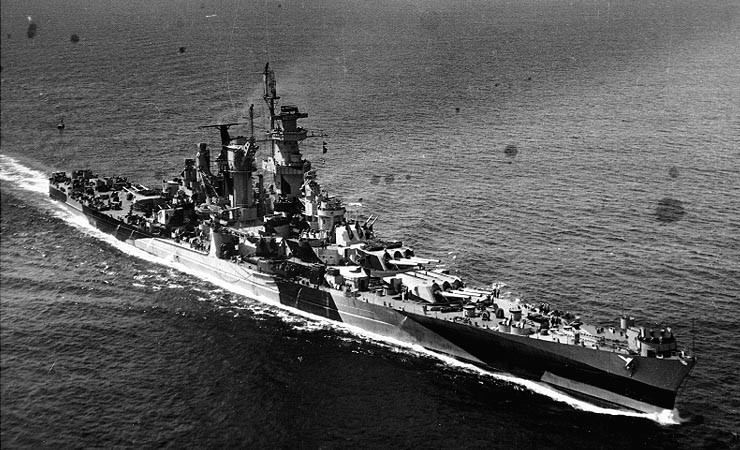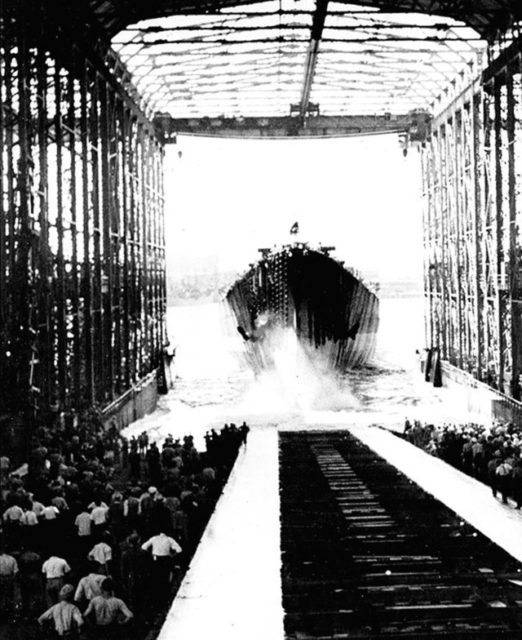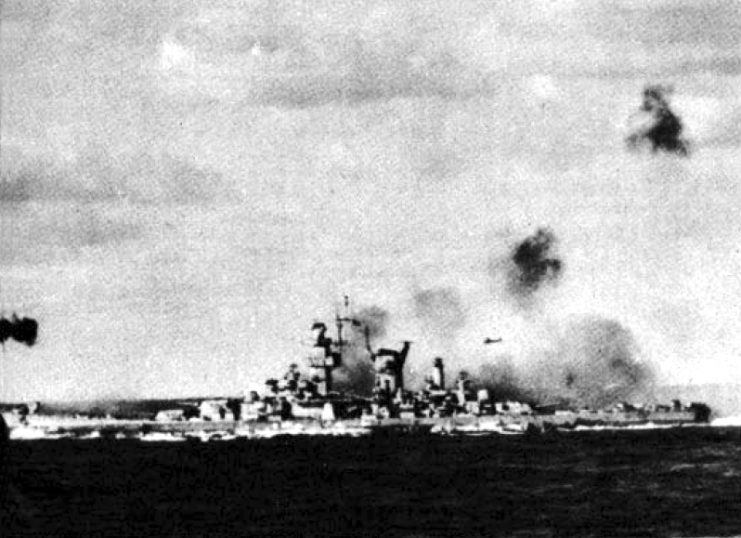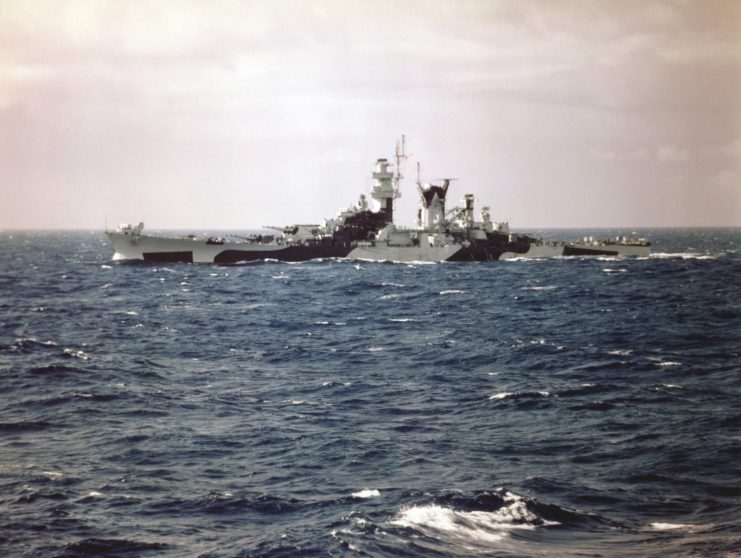History behind the Alaska-class of large cruisers

These cruisers, the largest built by the United States during the Second World War, occupied a distinctive role, bridging the gap between traditional cruisers and battleships. Unlike conventional cruisers, known for their speed, heavy weaponry, and light armor, the Alaska-class achieved a balanced design that delivered substantial firepower.
Prior to the war, the Washington Naval Treaty had limited cruisers to 10,000 tons and eight-inch guns. However, by the late 1930s, intelligence indicated that Japan was constructing massive “super cruisers” surpassing anything in the U.S. fleet. With aircraft carriers yet to dominate naval strategy, the U.S. Navy responded by designing its own large cruisers to counter these imposing Japanese ships.
Each ship in the class, including those never completed, was named after U.S. territories, symbolizing their unique position between battleships and cruisers.
Alaska-class specs

Even though there were only two Alaska-class large cruisers constructed, they were mighty vessels. At 808 feet long, they were about as long as the German battleship Bismarck, and with a displacement of 34,000 tons were heavier than Essex-class carriers. Powered by eight Babcock and Wilcox boilers, the Alaska-class could reach speeds of up to 38 MPH and had a range of 12,000 nautical miles.
As aforementioned, they were heavily-armed. The vessels’ main battery consisted of nine 12-inch/50 Mk 8 naval guns and two forward turrets in a superfiring position and one aft. Six turrets housed another 12 five-inch/38 dual-purpose guns, while 56 quad-mounted Bofors 40 mm guns and 34 single-mounted 20 mm Oerlikon guns served as the ships’ light anti-aircraft defense.
Compared to battleships of the same era, the Alaska-class featured relatively thin armor, but it was by no means poor. Their belt armor was 229 mm thick, while the armor on their deck was 102 mm thick. Their turret faces featured 325 mm-thick armor. This was much less than vessels like the Japanese battleship Yamato or the USS Missouri (BB-63), but was comparable to older and smaller battleships.
Combat in the Pacific Theater had changed come 1944

Construction of the USS Alaska started in December 1941, shortly after the Japanese attack on Pearl Harbor, and the ship was commissioned on June 17, 1944. However, by then, big changes in maritime power dynamics had made the original strategy of countering Japanese commerce raiders less viable.
When the Alaska was first planned, heavily armored ships were central to naval warfare. By mid-1944, however, the dominance of aircraft carriers was obvious. Even the most formidable battleships were susceptible to air strikes launched from hundreds of miles away, often lacking sufficient defenses. Ships with lighter armor, such as the Alaska-class, faced even greater vulnerabilities.
As a consequence, these vessels were reassigned as fast carrier escorts, fulfilling the crucial role of protecting carriers from threats both in the air and at sea.
The USS Alaska (CB-1) supported US action on Iwo Jima and Okinawa

In early 1945, the USS Alaska played a crucial role in supporting the American landings on Iwo Jima, safeguarding the USS Enterprise (CV-6) and Saratoga (CV-3). She later joined forces with the USS Yorktown (CV-10) and Intrepid (CV-11) for airstrikes on Okinawa.
During the Battle of Okinawa, Alaska faced her first combat experience, contending with a fierce Japanese air strike against the US fleet. Amid the intense battle, she successfully shot down two Japanese aircraft, including one that was attempting to crash into Intrepid.
One night in March 1945, Alaska unleashed a torrent of firepower on Minamidaitō, firing forty-five 12-inch shells and 352 five-inch shells. On April 11, she shot down one Japanese aircraft and possibly another, likely a Kugisho MXY7 Ohka 22.
The USS Alaska (CB-1) was ultimately decommissioned

In the final stages of World War II, USS Alaska continued to carry out similar missions and later became part of the American occupation forces in Japan. She also participated in Operation Magic Carpet, helping to bring U.S. servicemen home, before being placed in reserve in August 1946.
On February 17, 1947, she was officially decommissioned.
The Navy considered converting both Alaska and her sister ship, Guam, for other uses, but cost assessments quickly revealed the idea to be financially unfeasible. Ultimately, both vessels were struck from the Naval Vessel Register and dismantled in the early 1960s.
Though she entered the conflict late and with limited strategic use, the USS Alaska proved herself in combat, protected her crew, and earned three battle stars for her service.
